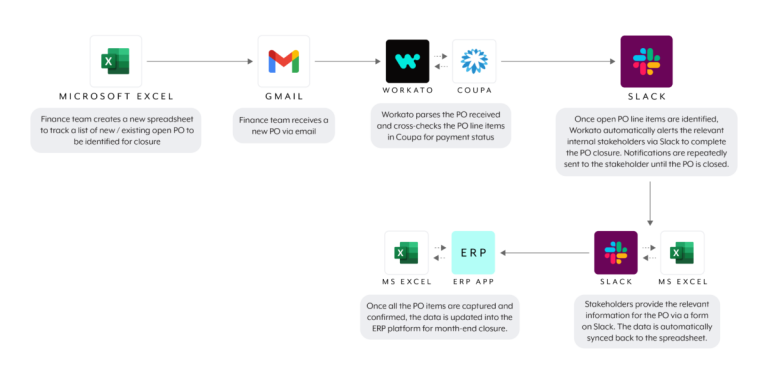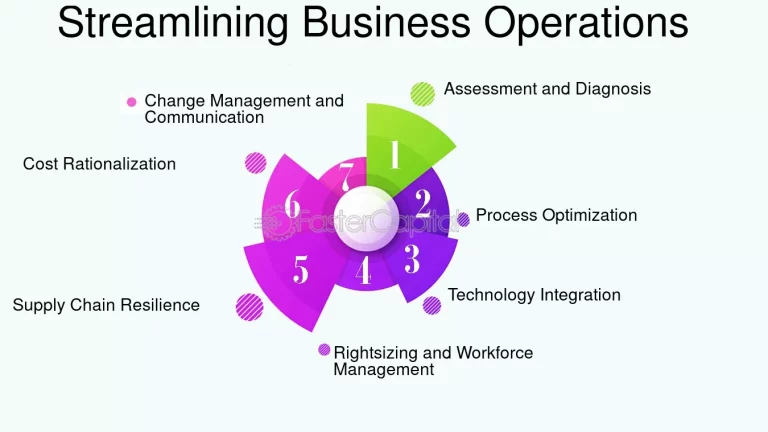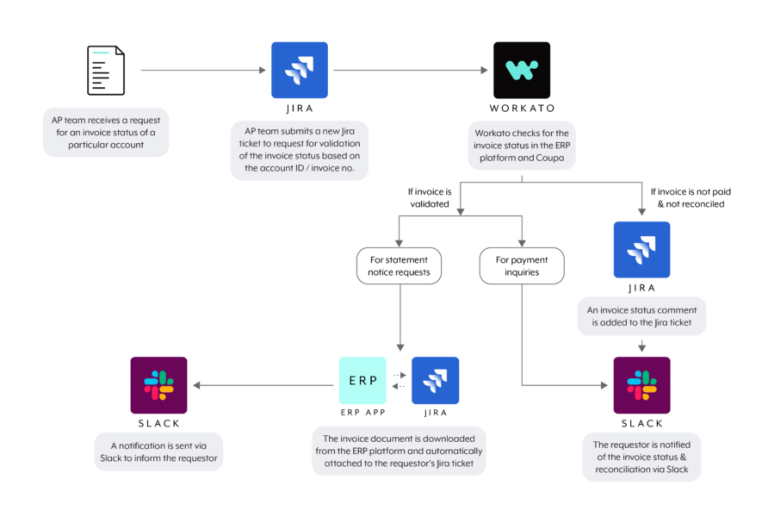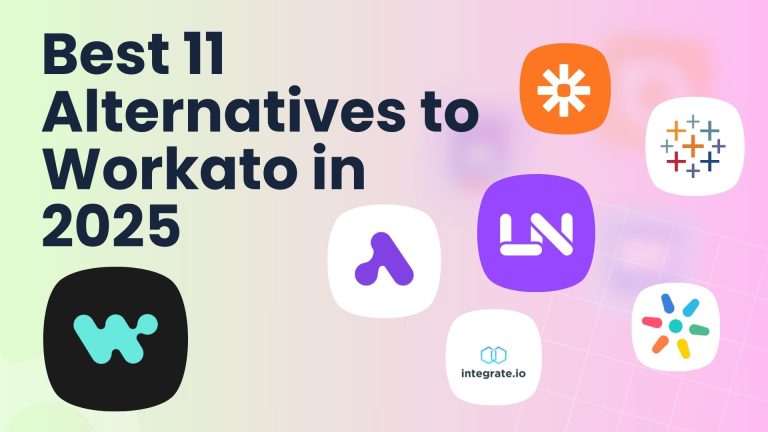Install Anypoint Studio A Comprehensive Guide
Install Anypoint Studio, the essential tool for seamless enterprise integrations. This guide provides a detailed walkthrough of the installation process, covering prerequisites, troubleshooting, and configuration options for various operating systems. Learn how to leverage Anypoint Studio’s powerful features for building robust and scalable integrations, from basic projects to complex scenarios.
From downloading the installer to configuring environment variables, this guide provides a clear and actionable path to successfully installing Anypoint Studio. We’ll also explore the core functionalities, including the Palette, Workspace, and Editors, along with different development paradigms and use cases. This comprehensive approach ensures a smooth transition from initial setup to advanced integration techniques.
Installation and Setup: Install Anypoint Studio

Source: huongdanjava.com
Installing Anypoint Studio involves several crucial steps, from ensuring the necessary prerequisites are met to configuring the environment for optimal performance. A smooth installation process is essential for a productive workflow. Proper configuration and troubleshooting are key to avoiding potential pitfalls.
The setup process, while straightforward, requires attention to detail. Understanding the requirements and potential issues beforehand can save significant time and effort. This section provides a comprehensive guide to help you successfully install and configure Anypoint Studio.
Prerequisites: Install anyPoint Studio
Before commencing the installation, ensuring the system meets the minimum requirements is crucial. This guarantees a seamless installation and avoids potential conflicts. The required components include a compatible operating system, a suitable Java Development Kit (JDK), and sufficient system memory. Failure to meet these prerequisites can result in installation failures or application instability.
Download
The download process for Anypoint Studio involves selecting the appropriate version for your operating system and desired features. This step is straightforward and usually involves clicking a download button. The downloaded file will be a package containing the necessary files for the installation process. Ensure the downloaded file is from an official source to prevent potential security risks.
Installation Process
The installation process varies slightly depending on the operating system and the installation method. However, the general steps typically involve running the installer, accepting the license agreement, selecting the installation directory, and following the on-screen instructions. Anypoint Studio provides a graphical user interface (GUI) that guides users through each step of the process.
Installation Methods
The installation process can be achieved using either an installer or a manual extraction method. Using an installer provides a streamlined experience, with all the necessary files automatically copied and configured. The manual method, on the other hand, requires careful extraction and configuration of the files, providing greater control. The choice of method depends on the user’s technical proficiency and comfort level.
Common Installation Issues and Troubleshooting
Various issues can arise during the installation process. Common problems include incompatibility with the operating system, missing prerequisites, and insufficient system resources. Troubleshooting involves verifying the system meets the requirements, ensuring the correct Java version is installed, and adjusting system resources.
Operating System-Specific Issues
Specific operating systems might present unique installation challenges. For instance, on Windows, issues can stem from conflicting applications or incorrect registry settings. On macOS, compatibility with older versions of macOS might be a concern. Linux distributions often require specific package managers for installation.
Environment Variables
Proper configuration of environment variables is essential for the application to locate necessary files. Incorrect settings can result in errors. The process involves setting JAVA_HOME and other relevant variables, as documented in the Anypoint Studio installation guide. These variables specify the location of Java and other necessary components.
Installation Method Comparison
Using an installer is generally recommended for its simplicity and ease of use. It automatically handles dependencies and configurations, reducing the chance of errors. However, a manual extraction might be necessary in specific scenarios, offering more control over the installation process. The installer approach is often the preferred option for users who are less technically inclined.
Supported Systems and Requirements
| Operating System | Java Version | Required Memory | Installation Method |
|---|---|---|---|
| Windows | 11 | 8 GB | Installer |
| macOS | 17 | 16 GB | Installer |
| Linux | 17 | 16 GB | Installer / Manual |
This table articulates the supported operating systems, required Java versions, and memory specifications for different Anypoint Studio versions. Adhering to these specifications ensures compatibility and optimal performance.
Essential Features and Functionality
Anypoint Studio provides a comprehensive suite of tools for building and deploying enterprise integrations. Its user-friendly interface and robust features make it a popular choice for developers seeking to streamline communication between various applications and systems. This section delves into the core functionalities and key components of Anypoint Studio, along with examples of its practical applications.
The core functionality of Anypoint Studio revolves around its ability to design, build, and deploy integration solutions. This encompasses everything from defining the flow of data between systems to configuring the necessary security protocols. Its intuitive design empowers developers to create complex integrations without needing extensive coding experience.
Core Components
Anypoint Studio boasts a user-friendly interface that streamlines the development process. Key components, such as the Palette, Workspace, and Editors, work in tandem to offer a smooth and effective development environment.
- The Palette provides a comprehensive collection of pre-built components, including connectors, transformers, and other integration elements. This readily available library saves time and effort, allowing developers to focus on the specifics of their integration logic rather than reinventing the wheel.
- The Workspace acts as the central hub for organizing and managing integration projects. It allows developers to visualize the flow of data and easily navigate different components of the integration design.
- The Editors facilitate the customization and configuration of integration components. Various editors are available, tailored to different tasks, such as configuring connectors, defining data transformations, and specifying routing rules.
Creating a Basic Integration Project
A typical integration project in Anypoint Studio involves connecting two or more systems. The process begins with defining the source and target systems and the data to be exchanged. Then, connectors are chosen to handle the communication protocol (e.g., REST, SOAP). Data transformations might be needed to adapt the data format from one system to another. Finally, the integration logic is configured to specify how data is routed and processed.
Connectors and Their Applications
A wide array of connectors is available in Anypoint Studio, providing pre-built integrations with numerous systems.
- REST Connectors enable integration with RESTful APIs. They facilitate communication with cloud-based services, web applications, and other RESTful endpoints.
- SOAP Connectors handle integration with SOAP-based web services, often used in legacy systems. They provide a standard mechanism for exchanging data in structured formats.
- Database Connectors facilitate interaction with various database systems, enabling data retrieval, insertion, and updates.
- File Connectors allow integration with file systems, enabling data transfer between applications via files (e.g., CSV, XML). This is crucial for handling batch processes and data exchange.
Development Paradigms
Anypoint Studio supports diverse integration paradigms.
- REST: The framework is well-suited for integrating with modern web services and APIs.
- SOAP: The framework provides support for integrating with legacy systems that rely on SOAP protocols.
- Kafka: The framework supports real-time data pipelines and streaming applications. This is valuable for applications involving data ingestion and processing.
Common Use Cases
Anypoint Studio finds widespread use in various enterprise integration scenarios.
- Data Synchronization: Transferring data between different systems, ensuring consistency and avoiding manual processes.
- Application Integration: Connecting disparate applications to streamline workflows and improve data exchange.
- Business Process Automation: Automating key business processes, such as order processing, payment processing, and customer onboarding.
- Real-time Data Pipelines: Handling real-time data streams and providing immediate access to information, vital for applications requiring up-to-the-second updates.
Advanced Concepts and Best Practices

Mastering Anypoint Studio involves more than just basic integration. This section delves into advanced techniques and best practices, crucial for building robust, maintainable, and scalable integration solutions. Understanding these concepts empowers you to handle complex scenarios efficiently and build integrations that stand the test of time.
Effective integration projects go beyond simple point-to-point connections. They necessitate a deep understanding of sophisticated patterns and careful consideration of error handling, performance optimization, and code quality. This section will explore these aspects in detail, equipping you with the knowledge to design and implement high-performing integrations using Anypoint Studio.
Advanced Integration Patterns
Sophisticated integration projects often require more complex patterns than simple mappings. These patterns enable you to handle various data transformations, message routing, and error handling scenarios effectively.
- Message Routing: Implementing message routing strategies in Anypoint Studio enables the intelligent forwarding of messages based on predefined rules and conditions. This can involve directing messages to different destinations depending on their content, priority, or origin. For instance, an order fulfillment system might route order confirmation emails to different recipients based on the customer’s preferences.
- Data Transformation: Data transformations are essential for adapting data formats between different systems. Anypoint Studio provides tools for transforming data into the desired structure using various methods like XSLT, JavaScript, or custom processors. For example, converting data from JSON to XML or standardizing data fields across multiple systems.
- Error Handling: Robust integration solutions must include comprehensive error-handling mechanisms. This ensures that the system can gracefully recover from failures and maintain data integrity. Anypoint Studio’s error handling features allow you to define error scenarios and actions to be taken in response. For example, an integration process might retry failed messages after a specified delay or send alerts to administrators in case of critical errors.
Building Complex Integrations
Building complex integrations in Anypoint Studio involves several key steps, starting with designing the integration flow. This includes defining the message flow, data transformations, and error handling procedures.
- Message Flow Design: The message flow defines the sequence of operations performed on a message as it traverses the integration. Careful design is critical for ensuring that messages are processed correctly and efficiently. A clear message flow diagram is essential for understanding the entire integration process.
- Transformation Strategies: Implementing effective transformation strategies ensures data compatibility between different systems. This may include using XPath expressions, regular expressions, or custom scripting to modify message content. Understanding data formats and the required transformations is essential for creating reliable integrations.
- Error Handling Implementation: Error handling involves defining specific actions to be taken in response to various errors. This can include retry mechanisms, logging, notifications, and alternative processing paths. Proper error handling ensures that the integration remains operational even in the presence of errors.
Code Quality and Best Practices
High-quality code is crucial for maintainable and scalable integrations. Adhering to best practices improves code readability, reduces errors, and facilitates future maintenance.
- Code Style Guidelines: Adhering to consistent coding standards is essential for readability and maintainability. This involves using meaningful variable names, well-structured code, and consistent indentation. Clear documentation enhances the understanding of the codebase.
- Modular Design: Breaking down the integration into smaller, reusable modules improves code organization. This modular approach allows for better testing, modification, and maintenance of the integration over time. Creating reusable components minimizes code duplication and improves overall efficiency.
- Testing Procedures: Thorough testing of each component and the complete integration is critical for identifying potential issues. Employing unit testing and integration testing helps validate the functionality of each module and the interaction between different components.
Maintainable and Scalable Solutions

Developing maintainable and scalable integration solutions involves adopting strategies that ensure long-term stability and adaptability. This encompasses planning for future changes, avoiding over-reliance on specific components, and creating flexible configurations.
- Scalability Strategies: Designing for scalability allows the integration to handle increased volumes of data and requests. This involves identifying potential bottlenecks and implementing solutions to manage them. Implementing proper scaling techniques is vital for the long-term success of the integration.
- Maintainability Practices: Maintainability involves using clear and concise code, adding meaningful comments, and documenting the integration process. These practices ensure that the integration is easy to understand, modify, and debug by future developers.
Performance Optimization
Optimizing performance is vital for efficient integration processes. This involves identifying and addressing performance bottlenecks and implementing strategies to improve responsiveness and throughput.
- Performance Monitoring: Performance monitoring tools and strategies are essential for identifying and resolving bottlenecks. This helps in understanding the performance of the integration at different stages and pinpoint areas needing optimization.
- Optimization Techniques: Optimizing performance involves various techniques, including using efficient algorithms, optimizing data structures, and minimizing database queries. Employing these techniques improves the overall speed and efficiency of the integration.
Robust Integration Workflow
A robust integration workflow includes logging and monitoring for tracing the flow of messages, identifying errors, and optimizing performance.
- Logging Mechanisms: Implementing robust logging mechanisms is crucial for tracking the progress of messages throughout the integration process. This helps in identifying errors, understanding the message flow, and troubleshooting issues effectively.
- Monitoring Strategies: Employing monitoring strategies ensures that the integration is functioning as expected and provides real-time insights into its performance. Monitoring tools provide valuable information about message flow, processing times, and error rates.
Concluding Remarks

This guide has provided a comprehensive overview of installing and utilizing Anypoint Studio. By following the step-by-step instructions, you can confidently install Anypoint Studio on your chosen operating system. Furthermore, understanding its essential features and advanced concepts empowers you to build sophisticated integrations tailored to your specific enterprise needs. The included table details compatibility information, allowing you to select the appropriate version for your environment. Ultimately, this guide equips you to leverage Anypoint Studio effectively for building robust and maintainable integration solutions.






